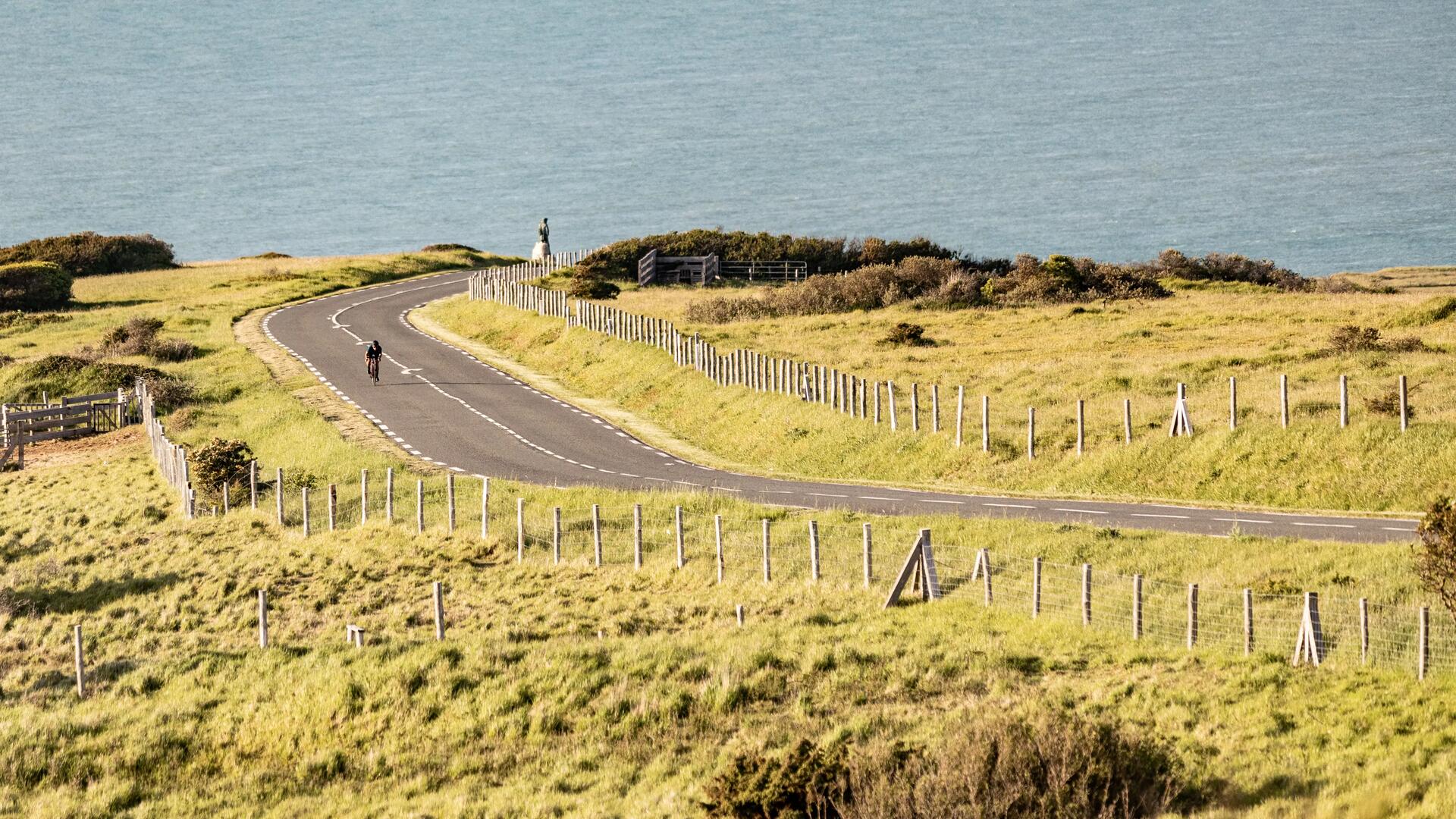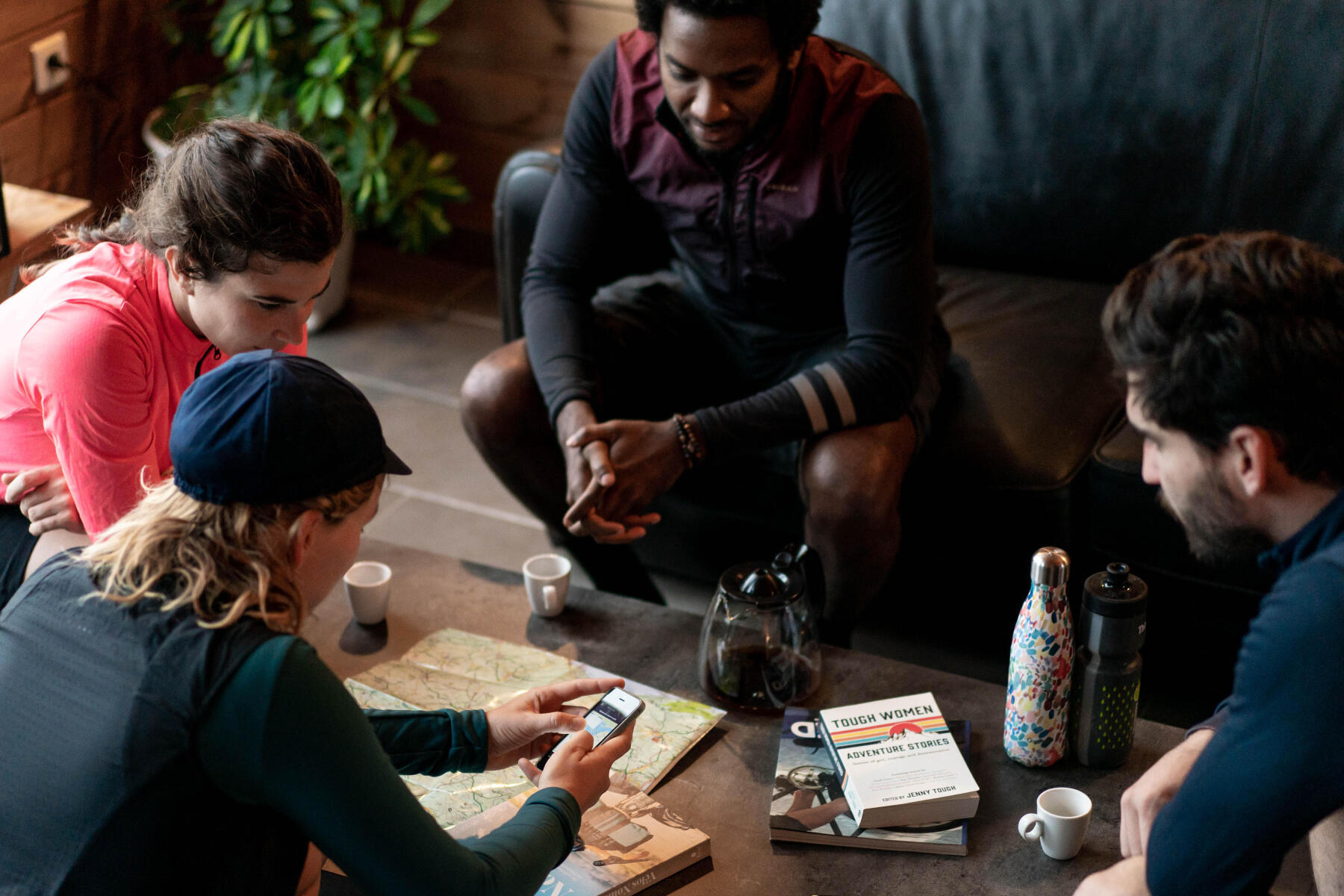Advice
You can be completely self-sufficient when touring and bikepacking (by bringing a camping tent with you); or you can choose to be semi-autonomous (and sleep in a hotel or other lodging).

Cycling is an economical and eco-friendly way to travel that offers a profound sense of freedom. Exploring your world from a different point of view and setting out into uncharted territory can also give you a good dose of endorphins.
Heeding the call of the great outdoors, you become one with the wind as it pulls you through new and varied landscapes. When the day is done, you set up camp and sleep under the stars. Bicycle travel has become increasingly popular lately.
To tour or to bikepack? You can choose your own two-wheeled adventure!
In general, touring is more widely-known than bikepacking when it comes to cycling trip options. We’ll explain the difference between the two.

You can be completely self-sufficient when touring and bikepacking (by bringing a camping tent with you); or you can choose to be semi-autonomous (and sleep in a hotel or other lodging).
What is bikepacking? Generally, it means going off-road and riding on trails, paths, and varied surfaces. A hybrid activity blurring the line between mountain biking and minimalist bicycle touring, bikepacking can take place over a weekend or several months, by carrying the least amount of equipment possible. When bikepacking, you’ll want to shed the racks and bags that are commonly associated with traditional touring and instead equip your ride with a bag positioned inside the frame (it balances your centre of gravity and improves manoeuvrability). Bikepacking is about exploring, without worrying about the type of terrain you are riding on.
Touring can basically be described as tourism on a bike. It involves riding with a fully loaded luggage system that can include rear and front panniers, mounted racks, saddle bags, and handlebar bags. Unlike bikepacking, touring takes place on paved roads heading towards a chosen destination over a set distance. Tours are planned according to the distance and duration of the route and depend on the amount of gear you’re able to carry in your panniers. As a result, touring can be more comfortable than bikepacking thanks to all the extra equipment.

The term bikepacking comes from backpacking because it’s like going on a long hike, but instead of a backpack, your bike becomes the bag. It can also be called mixed terrain cycle touring, minimalist cycling, ultracycling, or off-road touring.
Whether you’re going away for a weekend, a week, or several months, a bike trip is something you should plan in advance. It’s a good idea to take a basic bike repair class to learn how to change an inner tube, adjust brakes, or repair a broken chain.

Aim for a route that suits your level of fitness and outdoor experience.
You can find bikes specifically designed for bikepacking or touring that will satisfy every taste and budget. You can bikepack or tour with any kind of bicycle, but the important thing is to find one that matches your needs (comfort, build quality, versatility). It goes without saying that a bicycle mounted with robust tires opens up more types of terrain options and enables you to go for the road less traveled.
A general rule in bikepacking is that every ounce counts. Touring panniers and heavier racks are replaced by a streamlined bag that straps onto the bike’s central frame, often with hook and loop tabs. It’s the two-wheel version of ultra-light travel.
If you’re bicycle touring, you’re using panniers and saddlebags to carry extra gear and equipment.
Clothing
- Clips (to avoid getting pants caught in the chain)
- Cycling socks
- Windbreaker
- Undershorts (with padding)
- Cycling gloves
- Sunglasses
- Cycling jersey
- Cycling shorts
Cycling equipment
- Helmet
- Mudguards
- Lights
- Water bottle holder
- Mirrors
- Backpack
- Frame bag
- Handlebar bag
- Saddlebags
- Panniers (and covers)
Tools
- Replacement inner tube
- Tire change and repair kit
- GPS
- Chain lubricant
- Hand pump
- Chain links
- Multi-use tool
- Duct tape
Sleeping
- Tarp
- Ear plugs
- Sleeping mask
- Hammock
- Pillow
- Sleeping bag
- Ultralight tent (poles and flysheet)
Lighting
- Lantern
- Flashlight
- Headlamp
- Spare batteries
Health and safety
- Firestarter, lighter, or matches
- Lip balm
- Toothbrush and toothpaste
- Charger (for devices)
- Knife
- Rope
- Sunscreen
- Insect repellent
- Cellphone
- Camping stove
- First-aid kit